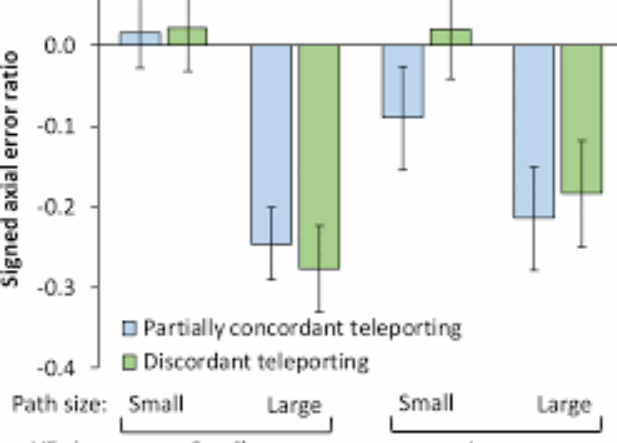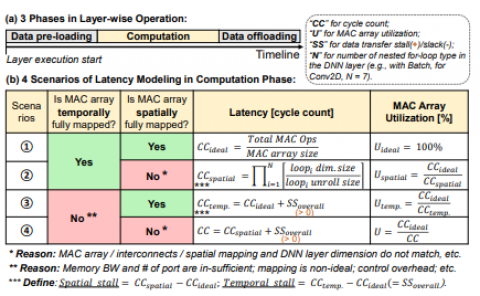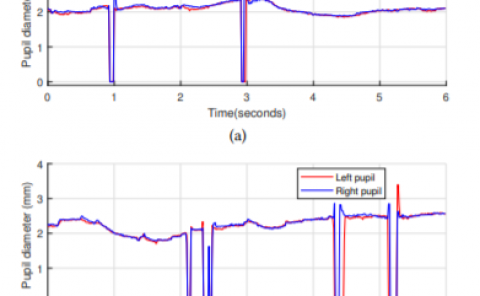Teleporting through virtual environments: Effects of path scale and environment scale on spatial updating
PubDate: February 2020
Teams: Iowa State University
Writers: Jonathan W. Kelly; Alec G. Ostrander; Alex F. Lim; Lucia A. Cherep; Stephen B. Gilbert

Abstract
Virtual reality systems typically allow users to physically walk and turn, but virtual environments (VEs) often exceed the available walking space. Teleporting has become a common user interface, whereby the user aims a laser pointer to indicate the desired location, and sometimes orientation, in the VE before being transported without self-motion cues. This study evaluated the influence of rotational self-motion cues on spatial updating performance when teleporting, and whether the importance of rotational cues varies across movement scale and environment scale. Participants performed a triangle completion task by teleporting along two outbound path legs before pointing to the unmarked path origin. Rotational self-motion reduced overall errors across all levels of movement scale and environment scale, though it also introduced a slight bias toward under-rotation. The importance of rotational self-motion was exaggerated when navigating large triangles and when the surrounding environment was large. Navigating a large triangle within a small VE brought participants closer to surrounding landmarks and boundaries, which led to greater reliance on piloting (landmark-based navigation) and therefore reduced-but did not eliminate-the impact of rotational self-motion cues. These results indicate that rotational self-motion cues are important when teleporting, and that navigation can be improved by enabling piloting.



